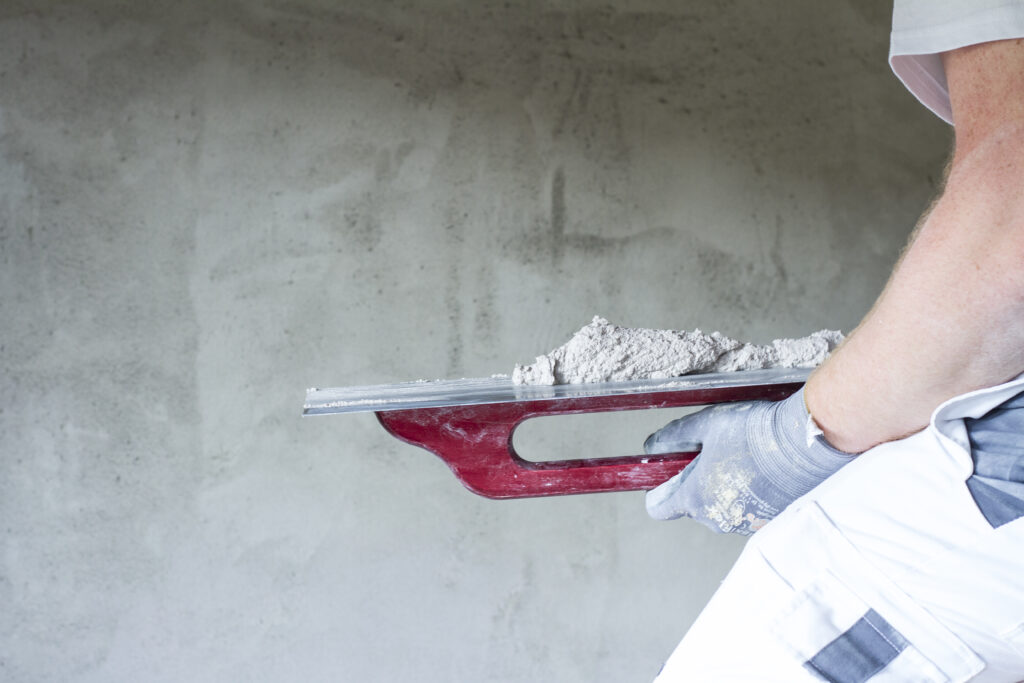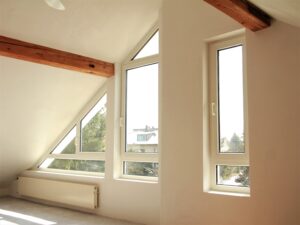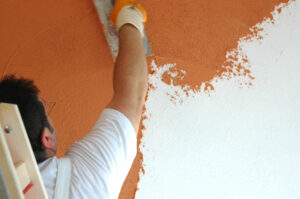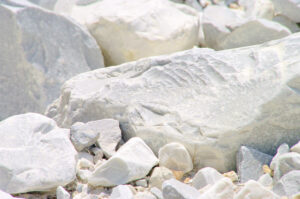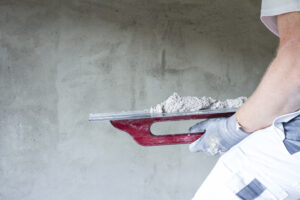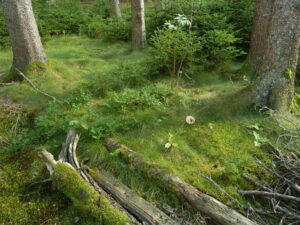The production of the all-round building material ...
Pit lime is a unique building material that even combines all the necessary components of a ready-to-use paint. Not only that, because KalkKind sump lime is a purely natural building material that does not require any additives!
After we got here have learned where sump lime comes from and what it is made of, you will surely want to learn more about how it is made. Pit lime is produced in four steps …
Step 1: limestones
First the limestones are extracted from a limestone quarry. Our raw materials come from limestone and marble sands from Germany. The sump lime is produced in the KalkKind factory in Oestrich-Winkel in the Rheingau. We use the purest limestone from Germany. The limestone quarry is one of the purest limestone deposits in Europe. This enables us to produce lime of the highest whiteness and best quality.
Step 2: burn lime
After the limestone has been extracted, it is burned in special lime kilns. Burning creates a different substance. Calcium carbonate is about the burning process too Calcium oxide , speak Quicklime . When burning, the limestone (calcium carbonate) is removed from the crystalline water and the amount of carbon dioxide present in the limestone. Quick lime is then deacidified and is in the form of calcium oxide. Calcium oxide, i.e. quicklime, does not yet have a binding force. Lime does not become a binding agent until it has been extinguished.
Step 3: clear lime
The limestones have to cool down for a few days before they can be extinguished. Then the “quicklime” created in step 2 is further processed or extinguished in extinguishing tanks and lime pits or on belts. Extinguishing is the process of adding water to the calcium oxide that is removed from the Calcium oxide a hydroxide arises. Slaked quicklime is then no longer calcium oxide, but a different substance, namely calcium hydroxide. Lime in the form of calcium hydroxide has a high binding power and is the actual binding agent. Calcium hydroxide is already an independent building material, as described above.
And now it gets interesting: It is crucial how it is deleted!
Because the properties of calcium hydroxide are significantly influenced by the way in which it is extinguished.
Quicklime is on 2 types deleted and converted to calcium hydroxide.
1. Erase: dry erase method
On the one hand, the quicklime is sprayed with water in the so-called dry slaking process or steamed up with calcium oxide until it becomes calcium hydroxide. Then the extinguishing process is terminated and the calcium hydroxide is in “dry” powder form. The resulting calcium hydroxide crystals can no longer change after the extinguishing process is aborted. They now have a certain size. They keep this size. The calcium hydroxide produced in this way is called hydrated lime. Hydrated lime is used to make dry mortar.
And this is how we extinguish our unique lime at KalkKind:
2. Marshes: Extinguishing with excess water
In contrast to dry slaughtering, in the production of sump lime, the quicklime is slaked using excess water. The resulting calcium hydroxide is in the form of lime dough. The deletion process is not canceled.
Step 4: soak in the lime
When lime is “swamped or swamped”, the extinguishing process is not interrupted. In this way, the calcium hydroxide that is formed can develop more and more finely. The calcium hydroxide crystals become smaller and finer. They form secondary crystals, and these again some and so on and so on.
This is where the name of sump lime comes from. The binding agent calcium hydroxide is created and the crystallization continues to develop through “soaking” in water.
Because now we give the lime in the lime pit the calm it needs to mature into what makes it so unique. Just like a caterpillar becomes a fascinating butterfly or a good wine matures into a fine drop, burnt limestone becomes high-performance lime.
This creates a high-quality binding agent with a much larger inner surface. Pit lime has a finer pore structure, higher sorption power, better adhesive properties, binding force, plasticity and a higher water retention capacity than hydrated lime produced using the dry slaking process.
Due to these properties of the sump lime, we can use the calcium hydroxide as the sole binding agent in our sump lime plasters. So we can ourselves on additives like cellulose waive . Any admixture would affect the physical and chemical properties of the building material.
That is why putty lime like the one we produce at KalkKind is so valuable. We can get on with it Everyone do without synthetic additives.

